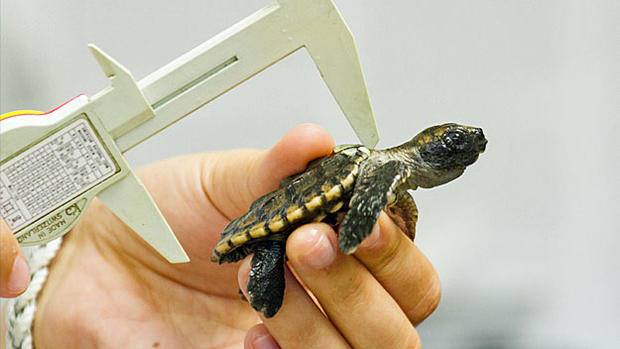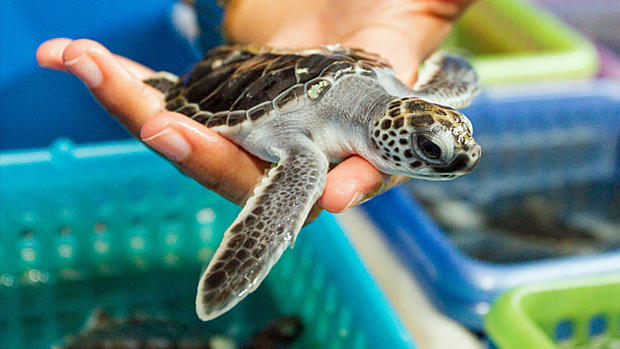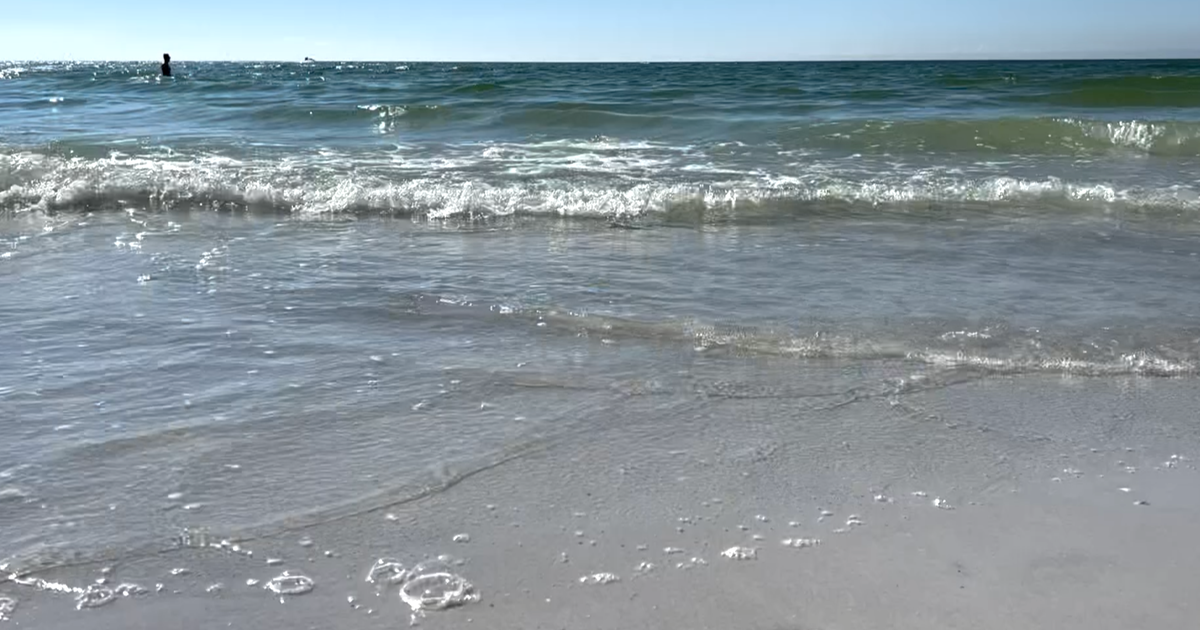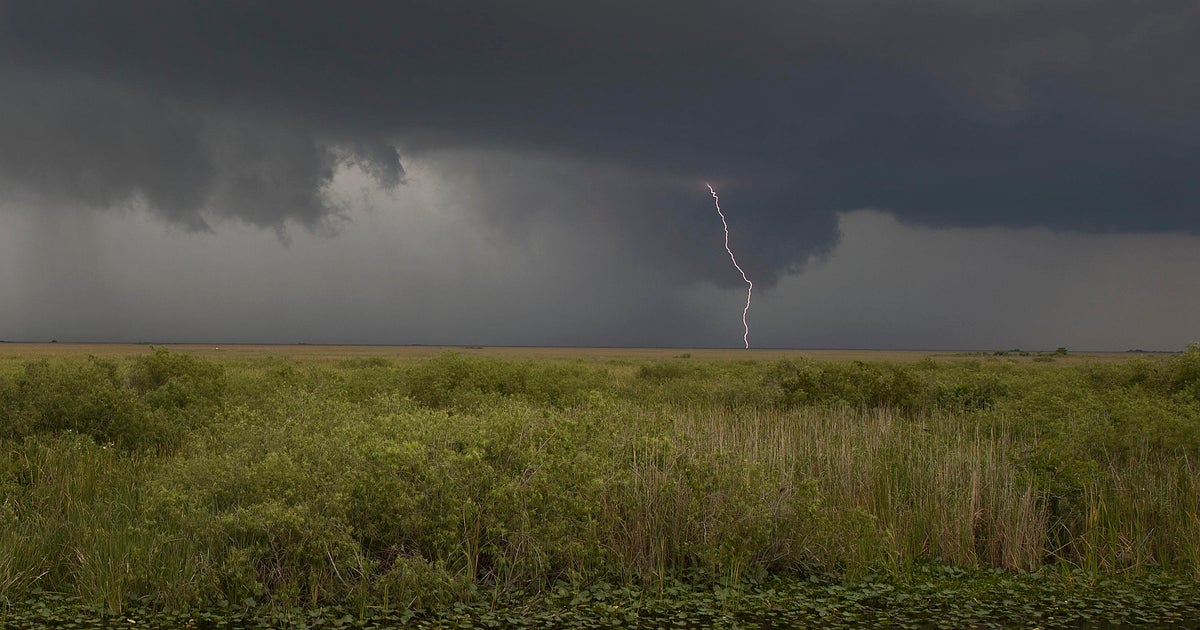Sex & The Sea Turtles: Study Reveals Impact Of Climate Change
Follow CBSMIAMI.COM: Facebook | Twitter
BOCA RATON (CBSMiami) -- Climate change is a hot topic and now a new study finds that climate change is causing trouble for sea turtles.
The study, by Florida Atlantic University researchers, has found that the shift in climate is shifting turtles as well, because as the temperature of their nests change so do their reproduction patterns.
Marine turtles deposit their eggs in underground nests where they develop unattended and without parental care. Incubation temperature varies with environmental conditions, including rainfall, sun, shade and sand type, and affects developmental rates, hatch and emergence success, and embryonic sex. Although the loggerhead turtle has been around for more than 60 million years, drought, heavy rainfalls and climatic changes are impacting hatchling sex ratios and influencing future reproduction. Because sea turtles don't have an X or Y chromosome, their sex is defined during development by the incubation environment. Warmer conditions produce females and cooler conditions produce males.
The four-year study by FAU researchers was published in the journal Endangered Species Research.
"The shift in our climate is shifting turtles as well, because as the temperature of their nests change so do their reproduction patterns," said Jeanette Wyneken, Ph.D., professor of biological sciences in FAU's Charles E. Schmidt College of Science. "The nesting beaches along Florida's coast are important, because they produce the majority of the loggerhead hatchlings entering the northwestern Atlantic Ocean."
Loggerhead turtles are already fighting an uphill battle since roughly one in 2,500 to 7,000 sea turtles make it to adulthood. The typical loggerhead produces about 105 eggs per nesting season and would have to nest for more than 10 nesting seasons over the span of 20 to 30 years just to replace herself and possibly one mate. And, if enough males aren't produced because of climate changes, then this will result in a dire problem for this species.
"If climatic changes continue to force the sex ratio bias of loggerheads to even greater extremes, we are going to lose the diversity of sea turtles as well as their overall ability to reproduce effectively. Sex ratios are already strongly female biased," said Wyneken. "That's why it's critical to understand how environmental factors, specifically temperature and rainfall, influence hatchling sex ratios."
Wyneken and her team documented rainfall and sand temperature relationships as well as rainfall, nest temperatures and hatchling sex ratios at a loggerhead turtle nesting beach in Boca Raton over a four year period.
The study found "The majority of hatchlings in the sampling were female, suggesting that across the four seasons most nest temperatures were not sufficiently cool to produce males," said Wyneken. "However, in the early portion of the nesting and in wet years, nest temperatures were cooler, and significantly more males hatched."
The work was supported, in part by the National Save the Sea Turtle Foundation, Save our Seas Foundation and donations to the Nelligan Sea Turtle Support Fund.





